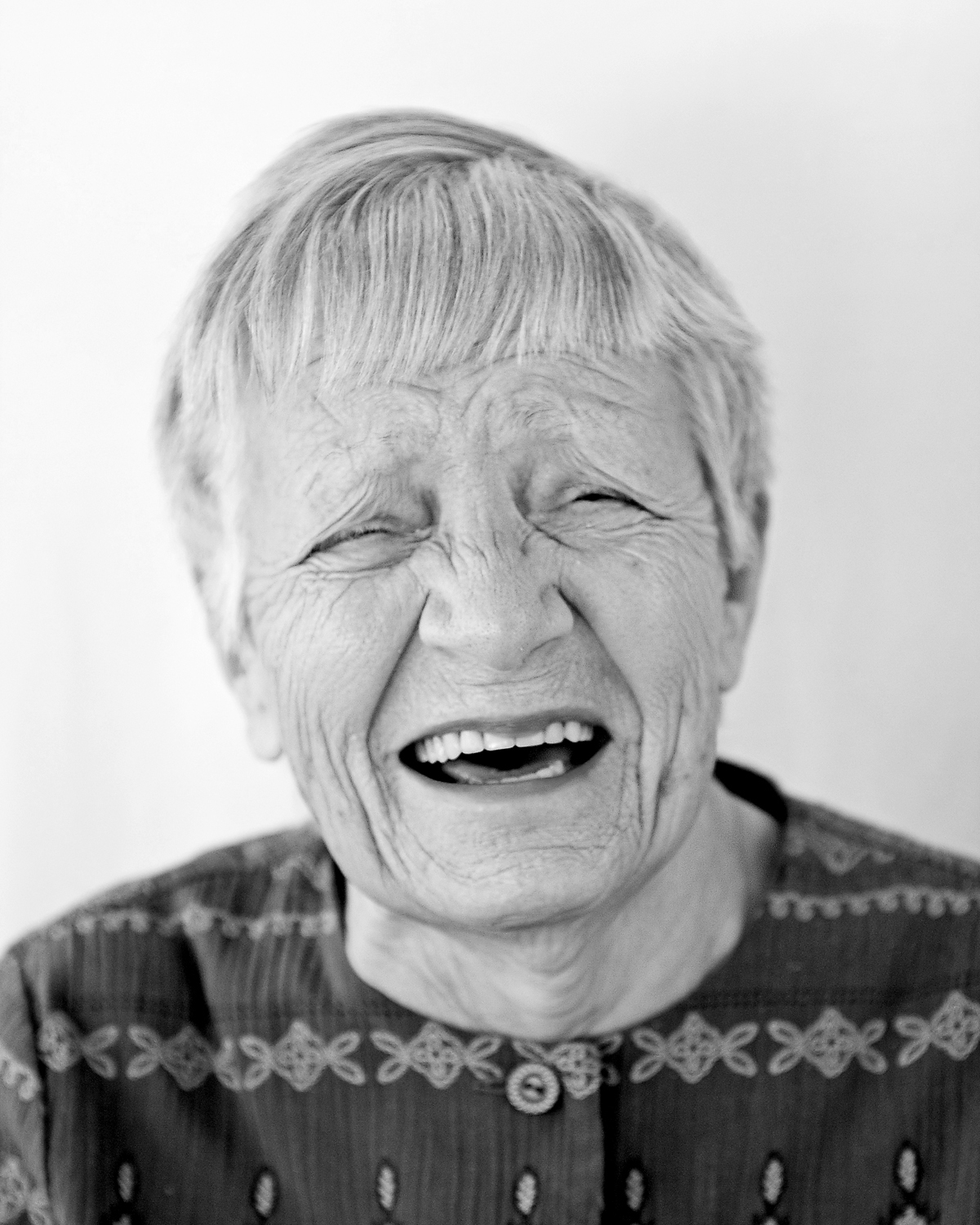Getting to know your ISO.
Welcome to the first installment of LGP EDU! Initially I considered doing one post about all things technical -- shutter speed, aperture and ISO -- but then that proved to be ridiculous. As a result, we'll start with ISO and ease our way into the more involved techie subjects. Without further ado, let us get to know a little ISO.
ISO: the unit of measurement used to differentiate film speed – from the International Organization for Standardization. (Yes, I am aware that the O and S are switched. For this, I do not have an answer.) The lower the ISO, the less sensitive the film is to light, therefore needing more of it (light), to make a correct exposure. This is why lower (100, 200 ISO), films are ideal for bright sunny days and portraits; the light is abundant, so a lower sensitivity film is acceptable.
Inversely, the higher ISO value, the more sensitive the film is to light. Larger number ISO films 600+ are ideal for low light situations or capturing fast action. The film's sensitivity allows the shutter to be open for shorter amounts of time, able to freeze fast action sports photos, for example.
ISO if often described by the amount of “grain” you see in the final product. Higher ISO speeds produce “grainier” photos. These grains that you see are the literal grains of silver halide that make up the films sensitivity to light. Each one of these grains develop individually.
On to the digital age: While individual manufacturers calculate their particular digital model's ISO settings, they are very similar to the calculations made for film. High-end professional DSLR's offer ISO settings 6200 + higher with an impressively low amount of grain. If you don't have a high end DSLR, keep in mind that the higher the ISO you use, the lower the quality you'll receive in your final product (more grain).
DSLR cameras allow the user immensely more flexibility in regards to ISO. You can take 20 consecutive photos each with a different ISO setting. Let the same rules apply; when outside with abundant light, a lower ISO setting of 200 -400 is ideal for crisp photos and portraits. For family portraits, kids, and outdoor wedding portraits, I stay within this bracket. Lower light situations (wedding ceremonies, indoor shots), and fast motion photography should use a higher ISO 600+. ISO 100 is ideal for well-lit landscapes (which don't move).
Following are three examples of different ISO speeds. I've set the photos to B&W to best compare the amount of grain.
The above photo was taken in a very low lit hotel lobby in NYC (that's Ben and Woody Allen!). It is my personal preference to never use the pop up flash on my DSLR. I use an external Speedlight 580 for weddings and portraits, but when flash is not allowed (wedding ceremony), or available (impromptu celebrity encounter), I up the ISO and open wide the aperture.
ISO 800 f.1.2 at 1/125s
Ben needed an author photo for one of his publications so we used the natural morning light coming in from our windows and my reflector to bounce the light into some shadows on his face. Being indoors, a slightly higher ISO was required.
ISO 400 f.1.2 at 1/200s
This is Ruby- she's one of my favorite people. We did portraits at the Courtyard Retirement Home in Tennessee for 2010 Christmas presents. A make shift studio was set up outside with a white sheet and a reflector which provided ample light and allowed me to shoot at a lower ISO for a crisper image.
ISO 200 f.2.8 at 1/125s
Now what? When using your camera in Auto or Program mode, your DSLR will set the ISO according to the internal light meter. It can be set manually by selecting the ISO button (usually found on the camera body or within a menu). I suggest sitting down with your camera and photographing the same image repeatedly using a different ISO for each exposure for a first hand ISO experience.
Congratulations - you have made it through LGP EDU Installment One! I know it's techie; I promise more excitement is to come! Please join the conversation - feel free to post comments, questions or helpful links below!



